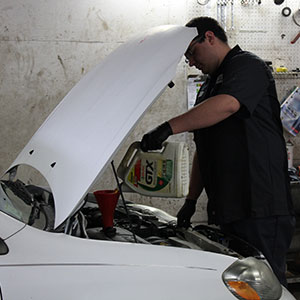2018 a year for big technologies in the automotive industry.
Safety Features:
In May a new regulation requires all new cars to have backup cameras. Once a luxury add on is now going to be standard on all new vehicles.
Self-Driving Cars
Ford, General Motors and Waymo (formerly known as Google’s self driving car project) are all testing this new way to drive.
Smartphone Integration
Andriod and Apple let drivers answer text and play music by using voice commands and controls on the steering wheel.
from AAA times January 2018
What do you think is the most helpful and or beneficial technology in cars today?




